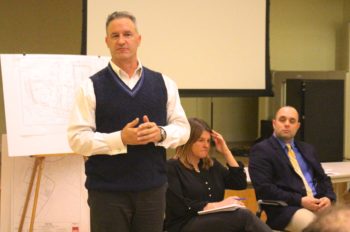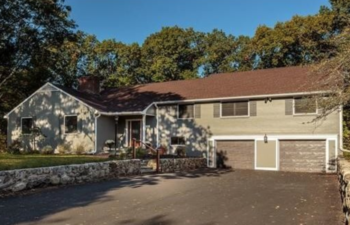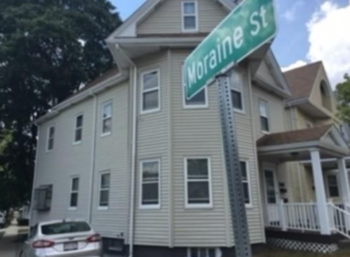Photo: Starbucks in Cushing Square.
When you’re hunting for a cool iced caramel macchiato this summer, you’ll no longer have Starbucks in Belmont’s Cushing Square as a destination.
According to associates who spoke to worried customers and the Belmontonian, the busy store located at 112 Trapelo Rd. will be shutting its doors “soon, in the next couple of months.”
“Oh, no. What will happen to you,” said a customer when learning the news while purchasing a latte.
While staff associates were happy to tell customers that the store would close, none would go on the record.
An email on the store’s closing to Nicole Smith, Starbuck’s district manager who oversees the Cushing Square store, has not been returned.
In statements to staff members, the decision to shut the popular site was due to the coming construction of Cushing Village, the 164,000 sq.-ft. multi-use project being built on three parcels in the heart of Cushing Square including the spot Starbucks is located.
Demolition of the site has begun with the tearing down of the former CVS/First National Building at the corner of Common Street and Belmont Avenue.
According to a Cushing Square business owner, what clinched the decision was the drastic reduction of parking at the store. The municipal parking space adjacent to the store was closed to the public two weeks ago while the store’s own parking lot has been squeezed to less than a dozen spots.
With on-the-street parking to be limited due to construction in early April of the foundation of the first building – dubbed the Winslow – it was inevitable the store needed to be shut down.
The closing of the popular coffee stop will be felt in the square, said Chris Benoit, owner of the Spirited Gourmet on Common Street.
“It is a big draw so its closing would be another hit to businesses that are struggling,” said Benoit three weeks ago at a public meeting on the future of the project.
But there is an upside for coffee lovers. Bill Lovett, the senior development manager at Toll’s Apartment Living who is managing the project told the previously mentioned public meeting that if Starbucks closed in the spring, the construction of the Winslow, which will house a new, expanded store, could be completed earlier than the anticipated summer 2018 date.
In addition, the associates were telling customers that the store would be holding a “going away party” for its loyal customers.













